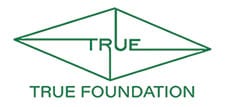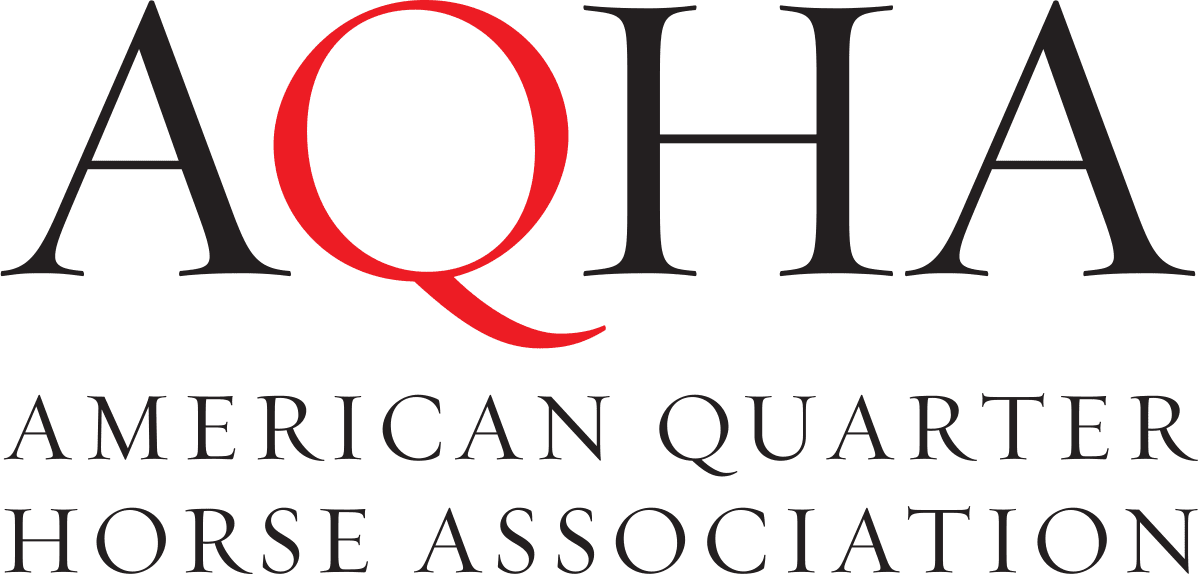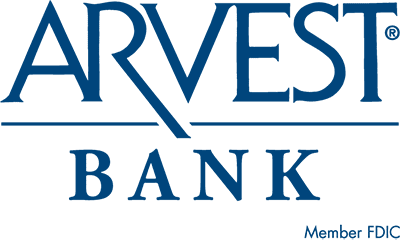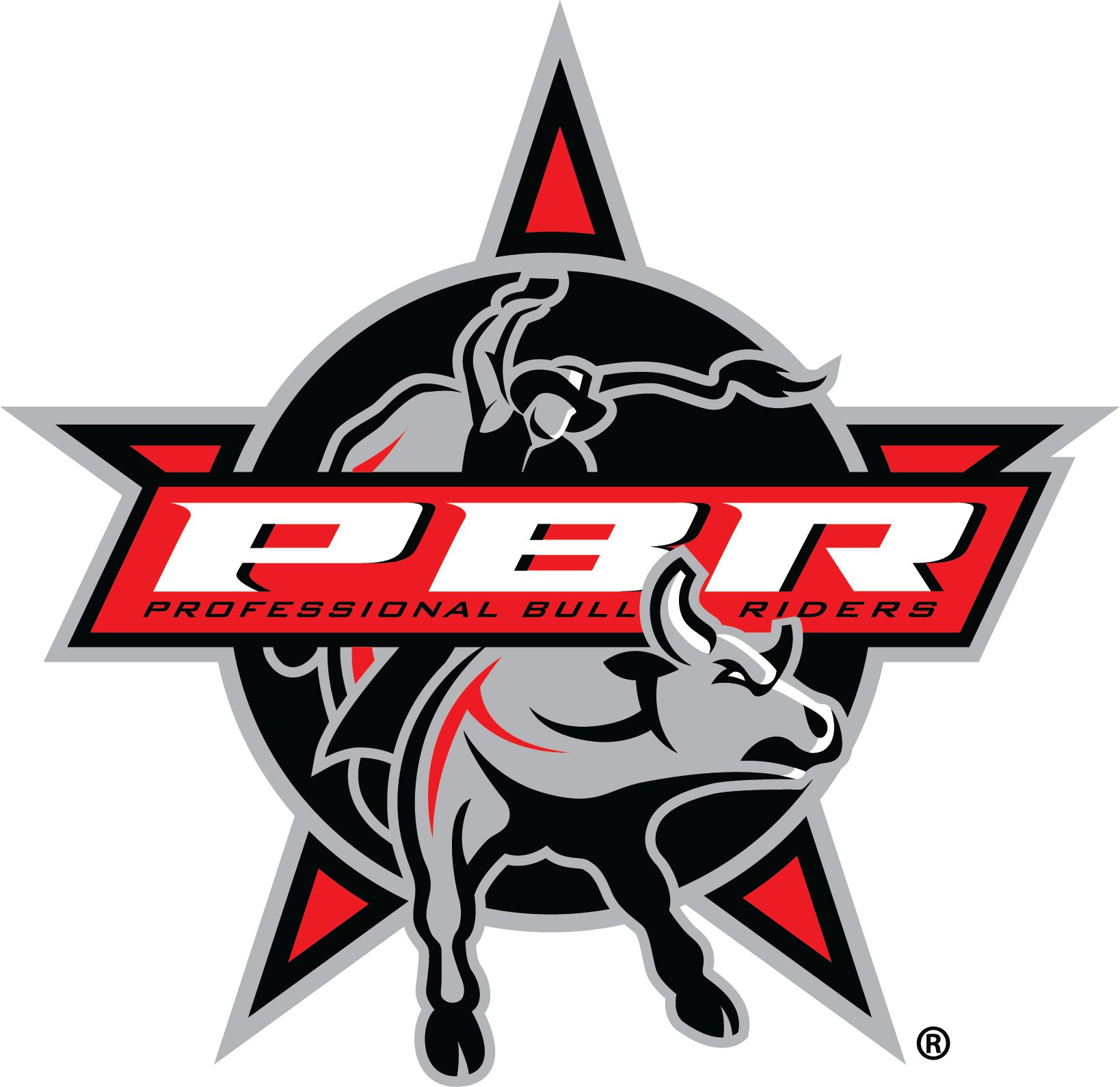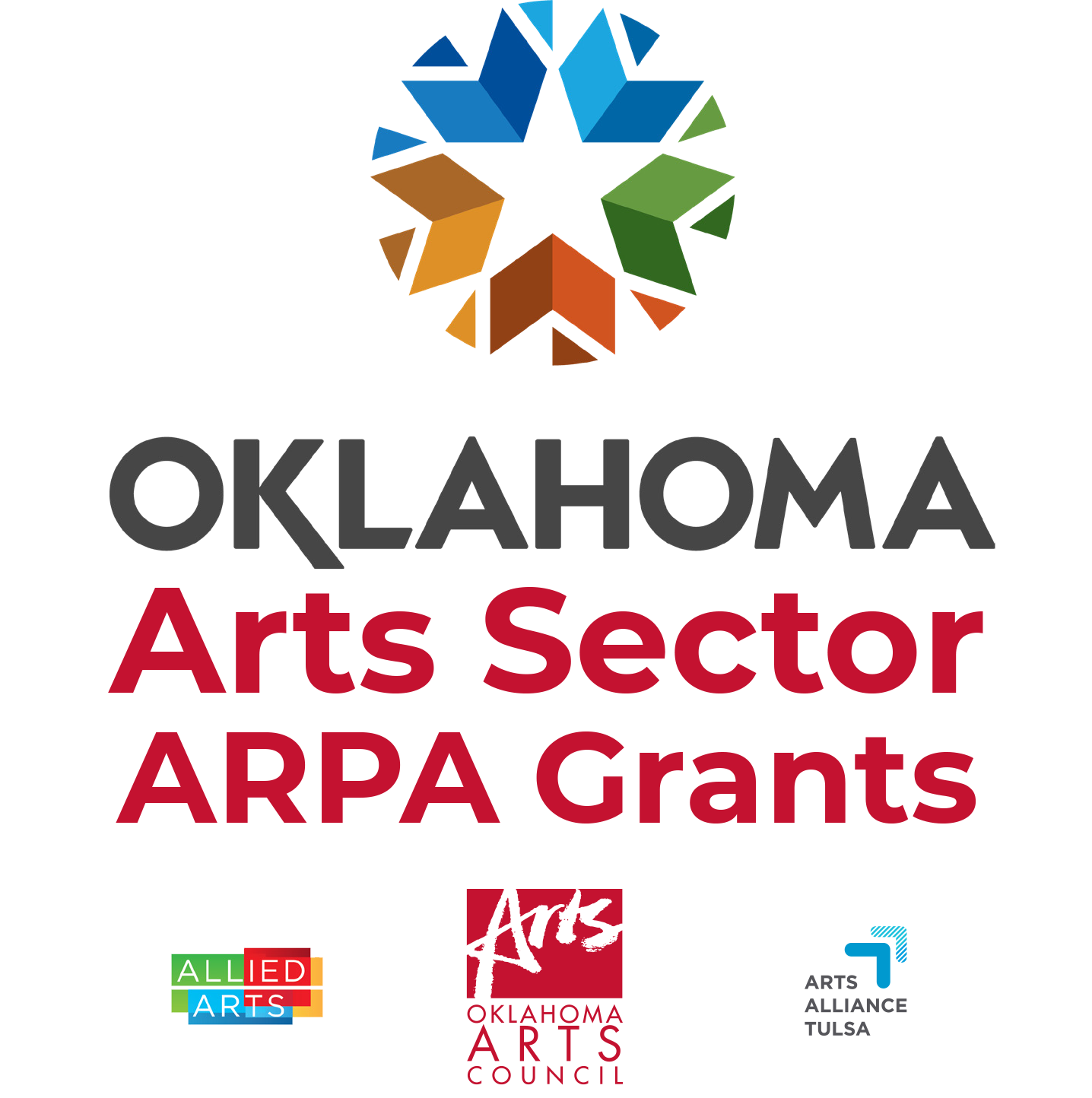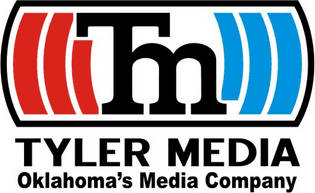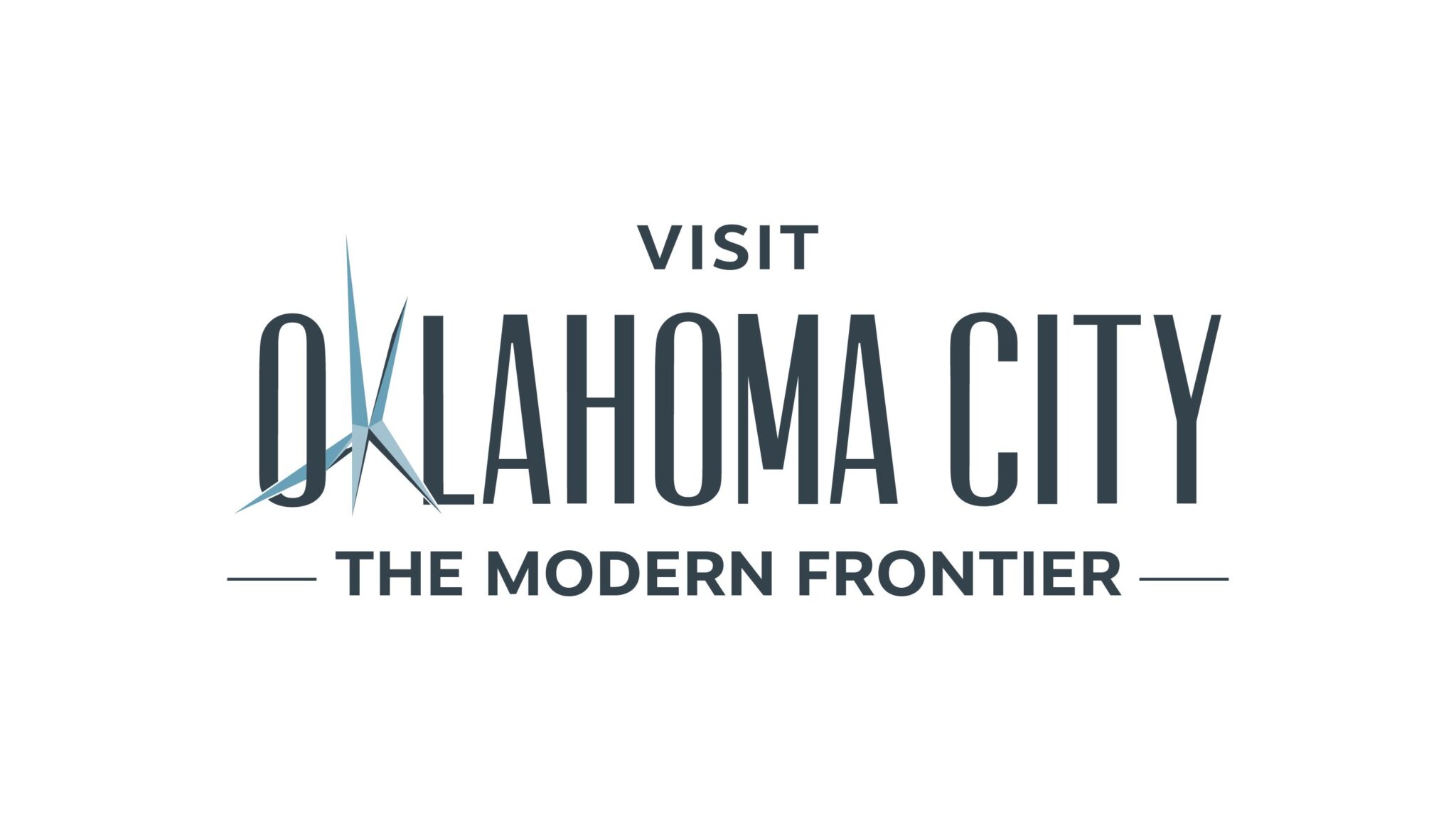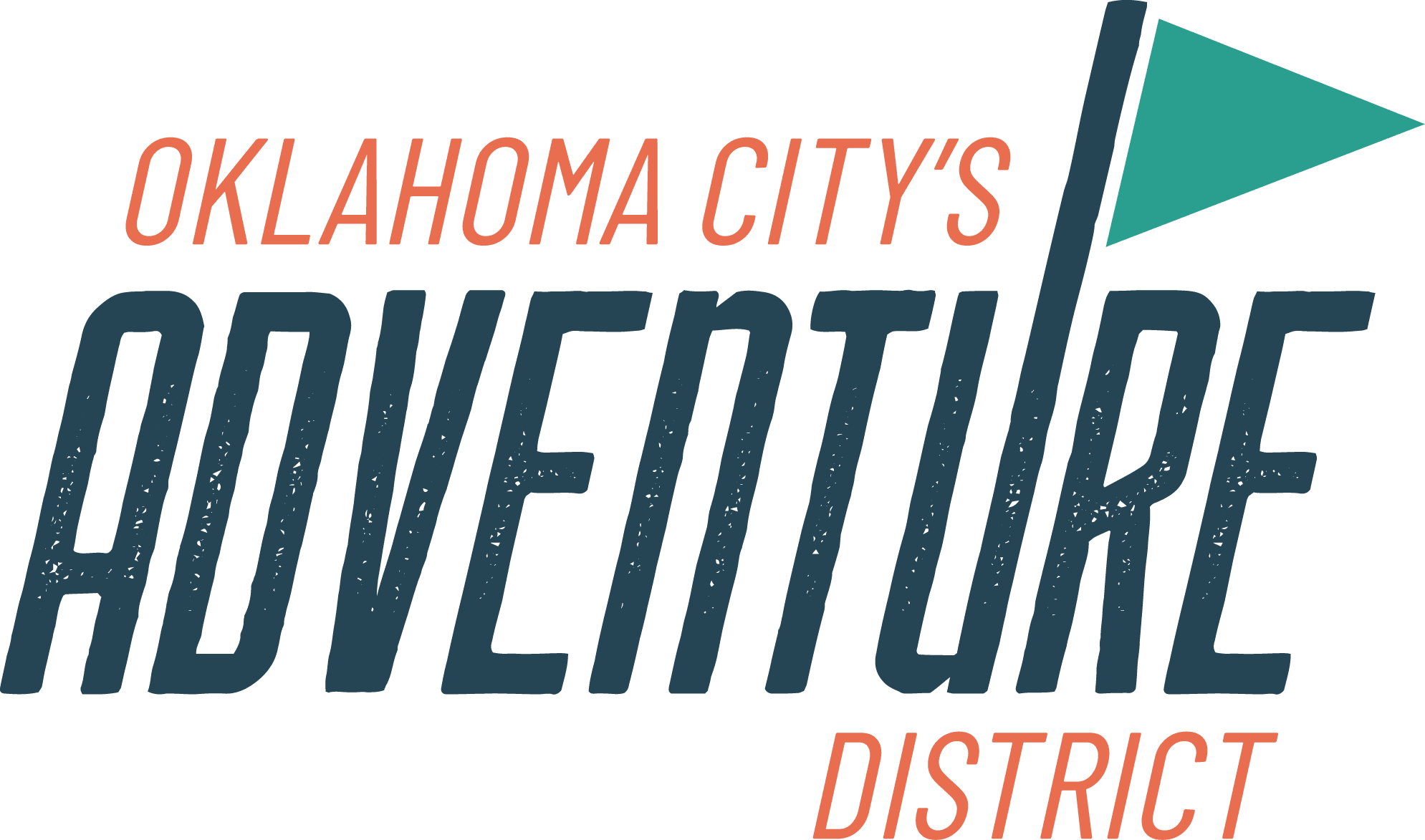
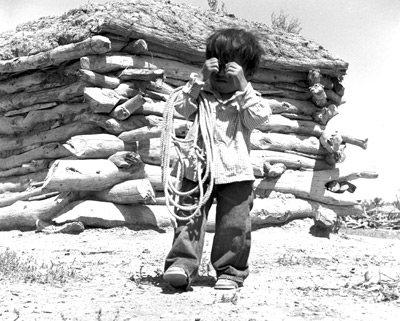
Born in Lamar, Arkansas on October 4, 1905, Donald Allam Blair was raised on a farm in Oklahoma by his parents Frank and Evelena. After his first job punching cattle, Blair served as an apprentice pressman in a printing shop. A graduate of the University of Oklahoma, Blair took as his first position in the oil business digging ditches with Marland Oil Company in Ponca City, Oklahoma. In the production department of Barnsdall Oil Company, he worked as chief draftsman. Before resigning from Barnsdall in 1937, Blair wrote, produced, and acted as emcee on his own radio program over NBC affiliate, KVOO in Tulsa, Oklahoma.
In 1937, Blair was hired as piping draftsman and architect by Lago Oil & Transport Co., Ltd. on the island of Aruba in the Netherlands West Indies. Later, he acted as official photographer of the company. By 1943 he transferred to the industrial relations department in a role of supervisor on special assignments.
 On March 21, 1946, while working for Standard Oil of New Jersey on Aruba, Blair married Bettina Steinke who was at that time a commercial illustrator and portrait artist. For the next ten years, Blair and Steinke traveled and worked together as a freelance photographer-artist team employed by companies such as United Fruit, Standard Oil of New Jersey, and the Hudson’s Bay Company. They photographed and painted the lifeways and natives of Central and South America, the Canadian arctic, and the United States southwest.
On March 21, 1946, while working for Standard Oil of New Jersey on Aruba, Blair married Bettina Steinke who was at that time a commercial illustrator and portrait artist. For the next ten years, Blair and Steinke traveled and worked together as a freelance photographer-artist team employed by companies such as United Fruit, Standard Oil of New Jersey, and the Hudson’s Bay Company. They photographed and painted the lifeways and natives of Central and South America, the Canadian arctic, and the United States southwest.
 The Blairs moved to Tulsa, Oklahoma, in 1948 and on May 14, 1949, opened Blair Galleries in Claremore, Oklahoma. In 1955, the Blairs moved to Taos, New Mexico where on June 12, 1965, they opened Blair Galleries, Ltd. In 1968, Blair opened a second gallery at The Compound on Canyon Road in Santa Fe, New Mexico. They moved to Santa Fe in 1970. The Compound on Canyon Road became home, studio, and gallery for the Blairs. By 1988 the Blairs had established business offices and a studio at 462 Acequia Madre in Santa Fe. On July 11, 1999, Bettina died. Don died on September 18, 2000, at the age of 95.
The Blairs moved to Tulsa, Oklahoma, in 1948 and on May 14, 1949, opened Blair Galleries in Claremore, Oklahoma. In 1955, the Blairs moved to Taos, New Mexico where on June 12, 1965, they opened Blair Galleries, Ltd. In 1968, Blair opened a second gallery at The Compound on Canyon Road in Santa Fe, New Mexico. They moved to Santa Fe in 1970. The Compound on Canyon Road became home, studio, and gallery for the Blairs. By 1988 the Blairs had established business offices and a studio at 462 Acequia Madre in Santa Fe. On July 11, 1999, Bettina died. Don died on September 18, 2000, at the age of 95.
Taken on or about September 9, 1955 at Window Rock, Arizona, the unpublished photographs of Navajo people exhibited here were printed from negatives developed by Don Blair and preserved as part of the Bettina Steinke Collection.
Spinning
The spindle consists of a round stick, pointed at both ends, about twenty-five to thirty inches long. The spindle fits into the center hole of the whorl which is a flat disk, four or five inches in diameter. The whorl acts as a balance and is securely fastened to the stick about five inches from the butt end. The skill of spinning lies in the steady motion of the spindle as the spinner twirls it with her right hand, while at the same time she exerts the right amount of pull to stretch the strands. As a given length of roving is twisted and stretched into yarn, the spinner winds it onto the spindle just above the whorl, where it is stored until there is a sufficient amount to wind off into a ball. Each successive spinning makes the yarn finer and stronger. All Navajo yarn is spun at least twice until it is smooth and fine.
Hairdressing

Hairdressing was a frequent activity and generally done by women for both sexes. In the traditional hairstyle, the hair is brushed back, folded up, and tied in the middle with a variety of hair ties. Here a skein of yarn or a chongo is used which can sometimes be decorated with a bead of turquoise or shell. Drawing upon this image 30 years later, artist Bettina Steinke painted Tying the Chongo, a 22×26 inch oil, for the 1985 National Academy of Western Artists exhibition.
Loom and Weaving

The loom consists of two parts: the weaving frame and the stationary upright poles and cross beams that hold the frame during use. Several sized combs and battens are the only tools required. Made of a hard wood into which three-inch tines are cut and a handle carved, the comb is used to beat down the weft as it is passed through the shed. The batten, a curved piece of hardwood about thirty inches long and three inches wide, is inserted into the shed and then turned edgewise to make the opening wide enough for the weft to be passed through.
Hogan

This windowless, polygonal cribbed log hogan, constructed by vertically stacking parallel logs, is energy efficient in winter, cool in summer, and offers a retreat from strong winds. Round, or nearly round, the hogan faces East to the rising sun.
Cradleboard

The Navajos believe that the use of a cradleboard promotes strong and straight backs in their children as well as calm and poised personalities due to the security of being bound. Cradleboards can be transported by carrying, worn on the back, or placed in front of the rider of a horse.
Prayer sung when a baby is placed on the cradleboard:
I make a baby-board for you, my son.
May you grow to a great old age.
Of the rays of the earth I make the back,
The blanket, I make of the black clouds,
The bow, I make of the rainbow,
The side-loops, I make of the sun beams,
The foot board, I make of the sun-dogs,
The covering, I make of the dawn,
The bed, I make of the black fog.
Silverwork

Navajo man sporting an ornamented belt with several conchas (oval silver disks) and a buckle with a turquoise inclusion. Silverwork, a relatively new craft among the Navajo, differs from weaving in that it usually is not a family-taught craft.
Children

The Navajo treat their children, even the little ones, as little people. Children learn to make their own decisions early. Usually around the age of five, children begin sharing in the tasks of caring for the sheep and are given lambs to begin their flocks.
Clothing and Conchos

Elderly Navajo man wearing straw hat, velveteen shirt, concha belt and denim jeans. Obtaining silver ornaments as loot, the Navajo derived the concha from their traditional enemies the Ute, Kiowa, and Comanche. These Southern Plains tribes wore round and oval plaques of German silver as hair decorations and as ornaments strung around their waists.
Mother and Child

The closest and strongest of all relationships in the Navajo social system is the mother-child bond. Motherhood in Navajo culture is defined in terms of the reproduction and the sustenance of life, and it is expressed in affection, care, kindness, and sharing.
Clothing

Navajo woman wearing a long, fluted skirt and a velveteen blouse reflecting the Spanish influence. Adorning her blouse are Winged Liberty Head dimes also known as Mercury dimes. Minted between 1916 and 1945, each dime weighs 2.5 grams and is 90% silver and 10% copper. Its designer, Adolph A. Weinman, intended the wings surrounding her cap to symbolize liberty of thought.
Thinking Man

“I am sitting outside my hogan.
I am thinking,
Looking at the red rocks,
the ridges, the sheep,
the plants,
and all in my world.
I am thinking
What it will be like here
In the Future.”
Thomas Littleben, Rock Point Community School, Rock Point, Arizona
Young Man

The Navajos call themselves Dineh, “the People.” Related to the Athabaskan tribes that live along the northwest Pacific coast and in Canada, the Dineh traveled eastward from the Pacific coast reaching what is now Farmington, New Mexico. Dinetah, a term referring to the Navajo territory of canyons and mesas, means “among the people” or “Navajo homeland.”
Outdoor Cookery

Navajo diet changed greatly since their contact with whites. Coffee or tea became an indispensable part of every meal. Bread and meat (usually mutton or goat) are the staples of the Navajo diet.
Elderly Man with Woolen Jacket

Philosophically, the primary goal of Navajo ceremonialism is to restore universal harmony once it has been disturbed. Practically, however, ceremonialism serves three purposes: first, to restore and maintain health; second, to obtain increase of wealth, the well-being of home, flocks, and fields, and security for the residence group; and third, to acquire ceremonial property such as a token to be worn as protection from lightning and snakes.
Sheep and Horsemanship

Sheep and wool have become a major resource for the Navajos since they first acquired sheep and horses from the Spaniards in the seventeenth century. Residence groups, consisting of a number of households and organized around a sheep herd, place their sheep in a common and share caring tasks. A cooperative enterprise, the sheep herd is closely linked to the identity, welfare, and status of the resident group.
Gambling Game

This co-educational group plays a game perhaps similar to the stick dice game. Usually played by women only, this game uses three dice that are tossed on a flat rock in the center of a circle formed by pebbles. The Pomo Indians of California stick dice game includes 6 stick dies and 12 counting sticks. One side of each of the 6 sticks is decorated with the same design. Players take turns tossing the stick dice and keep score using the counting sticks. Different combinations will score different point values. Examples are: 6 blank side up sticks and 0 painted side up sticks, score 2 points; 3 blanks and 3 painted sides, score 1 point. The first player to earn all 12 counting sticks is the winner.
Settlement Pattern

 On March 21, 1946, while working for Standard Oil of New Jersey on Aruba, Blair married Bettina Steinke who was at that time a commercial illustrator and portrait artist. For the next ten years, Blair and Steinke traveled and worked together as a freelance photographer-artist team employed by companies such as United Fruit, Standard Oil of New Jersey, and the Hudson’s Bay Company. They photographed and painted the lifeways and natives of Central and South America, the Canadian arctic, and the United States southwest.
On March 21, 1946, while working for Standard Oil of New Jersey on Aruba, Blair married Bettina Steinke who was at that time a commercial illustrator and portrait artist. For the next ten years, Blair and Steinke traveled and worked together as a freelance photographer-artist team employed by companies such as United Fruit, Standard Oil of New Jersey, and the Hudson’s Bay Company. They photographed and painted the lifeways and natives of Central and South America, the Canadian arctic, and the United States southwest. The Blairs moved to Tulsa, Oklahoma, in 1948 and on May 14, 1949, opened Blair Galleries in Claremore, Oklahoma. In 1955, the Blairs moved to Taos, New Mexico where on June 12, 1965, they opened Blair Galleries, Ltd. In 1968, Blair opened a second gallery at The Compound on Canyon Road in Santa Fe, New Mexico. They moved to Santa Fe in 1970. The Compound on Canyon Road became home, studio, and gallery for the Blairs. By 1988 the Blairs had established business offices and a studio at 462 Acequia Madre in Santa Fe. On July 11, 1999, Bettina died. Don died on September 18, 2000, at the age of 95.
The Blairs moved to Tulsa, Oklahoma, in 1948 and on May 14, 1949, opened Blair Galleries in Claremore, Oklahoma. In 1955, the Blairs moved to Taos, New Mexico where on June 12, 1965, they opened Blair Galleries, Ltd. In 1968, Blair opened a second gallery at The Compound on Canyon Road in Santa Fe, New Mexico. They moved to Santa Fe in 1970. The Compound on Canyon Road became home, studio, and gallery for the Blairs. By 1988 the Blairs had established business offices and a studio at 462 Acequia Madre in Santa Fe. On July 11, 1999, Bettina died. Don died on September 18, 2000, at the age of 95.


